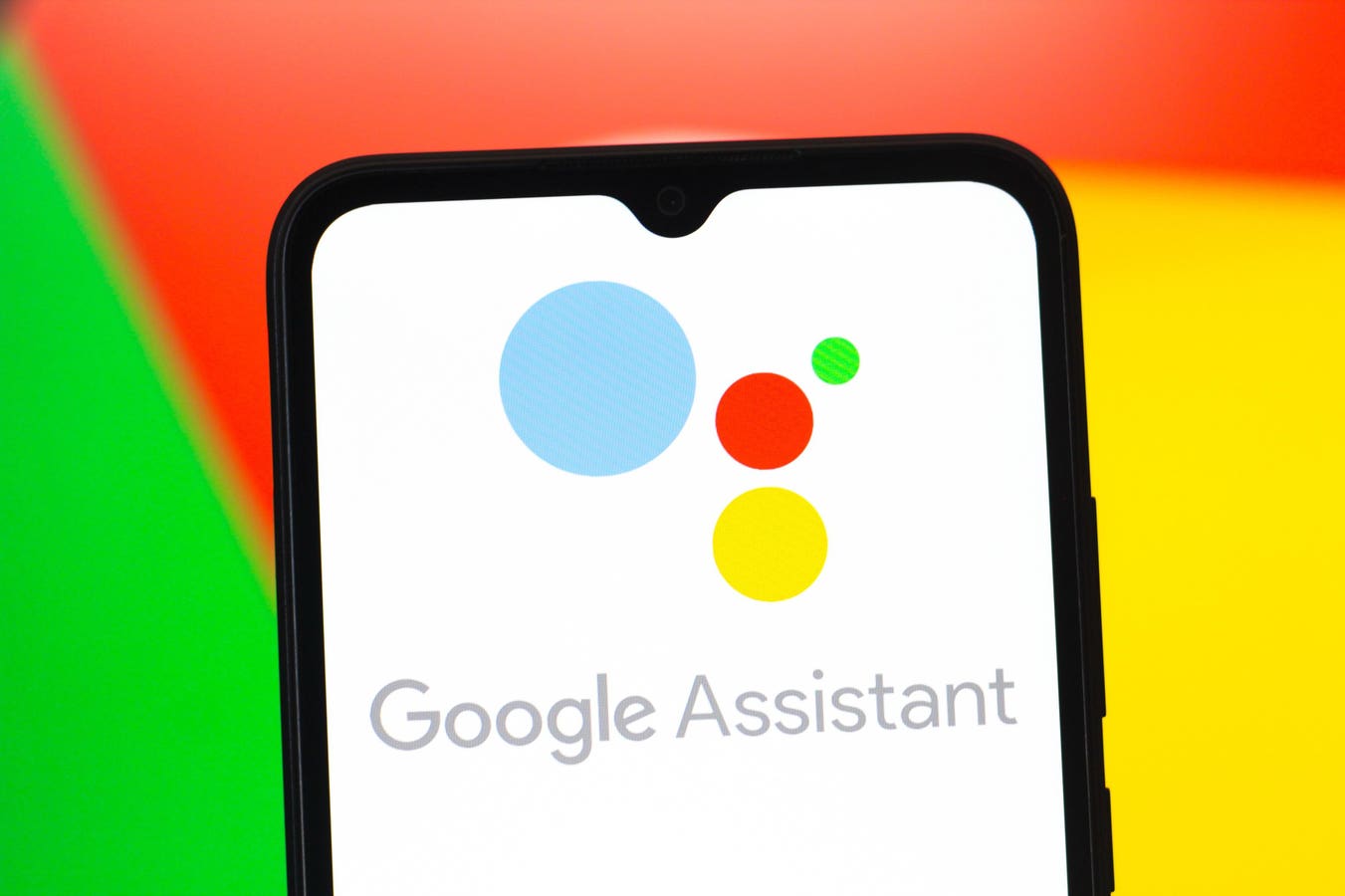Google Discontinues Google Assistant for Millions: Prepare for the Change

Introduction to Google Gemini
Google Assistant is on the verge of a significant transformation as it transitions to Gemini. This shift aims to enhance user experience with advanced AI capabilities while phasing out some existing features. If you regularly use Google Assistant for tasks like setting timers, controlling smart devices, or listening to music, expect some disruptions as this change unfolds. Here’s what you should know about Gemini and how it compares to Google Assistant.
What is Gemini?
Gemini marks a major upgrade from Google Assistant. Built on large language models (LLMs), Gemini will allow for natural conversations and can handle more complex tasks. The goal is for Gemini to provide responses that feel personalized, making interactions smoother than ever before. Google has begun rolling out Gemini, starting with smartphones. Over the upcoming months, the transition will extend to smart speakers, TVs, wearables, and vehicles.
By late 2025, most smartphones will fully adopt Gemini, which will render the classic Google Assistant inaccessible on new mobile app downloads.
Challenges in Transitioning
Adapting to Gemini may not be straightforward for all users. Those who heavily rely on Google Assistant will need to adjust their routines as certain features won’t function similarly or may not be available at all. Understanding these changes is crucial to minimize disruptions.
Removed Features
Google has a history of removing features it considers underused. Since last year, they’ve discontinued 22 Google Assistant functions. Some key features that have been removed include:
- Cookbook and Recipe Functions: Functions related to cooking assistance have been taken away.
- Media Alarms: The ability to wake up to your favorite music has been removed.
- Interpreter Mode: The live translation function is no longer available for smart devices.
- Family Bell: Features for setting personalized announcements have also been dropped.
For users, this can act as a setback. Google suggests consulting their support documents to see the full list of changes and removals.
The New Gemini Interface
While Gemini is more powerful, it may initially respond slower than Google Assistant. Users should be aware that Gemini can sometimes provide incorrect information due to its reliance on AI-generated responses. Consequently, double-checking the information received from Gemini may become necessary.
Device Compatibility for Gemini
Not all devices will support Gemini. Ensure your device meets specific criteria to use the new features. The basic requirements for smartphones and tablets include:
- At least 2GB of RAM
- Android 10 or iOS 16 or higher
- Android Go devices are not supported
If your device is outdated and cannot support Gemini, you may continue using Google Assistant until Google stops its support.
Rollout to Other Devices
Currently, Google Assistant is still functional on smart speakers, displays, and TVs, but updates will soon change that. The transition to Gemini will include tablets, vehicles, and wearables, assuming they meet the necessary specifications. If your device is no longer supported, you can still access Google Assistant for the time being.
Alternatives for Discontinued Features
As Google transitions from Assistant to Gemini, certain features will be missed. Fortunately, there are alternatives:
Interpreter Mode
This live translation feature is not directly replaced by Gemini. The Google Translate app offers a “Conversation Mode” for mobile users, though it lacks the hands-free experience expected from a smart device. Alternatively, users looking for voice-activated translation can consider Echo devices with Alexa.
Voice Commands for Google Photos
Unfortunately, using voice commands for photo favorites and sharing will no longer be possible. Users will need to resort to the Google Photos app for manual operations. Likewise, adjustments for Photo Frame and Ambient Screen settings will now have to be done manually.
Google Home Routines
Some previously available features like Family Bell can still be mimicked through creating custom routines in Google Home. However, setting these routines may require additional effort and time to learn compared to previous versions.






